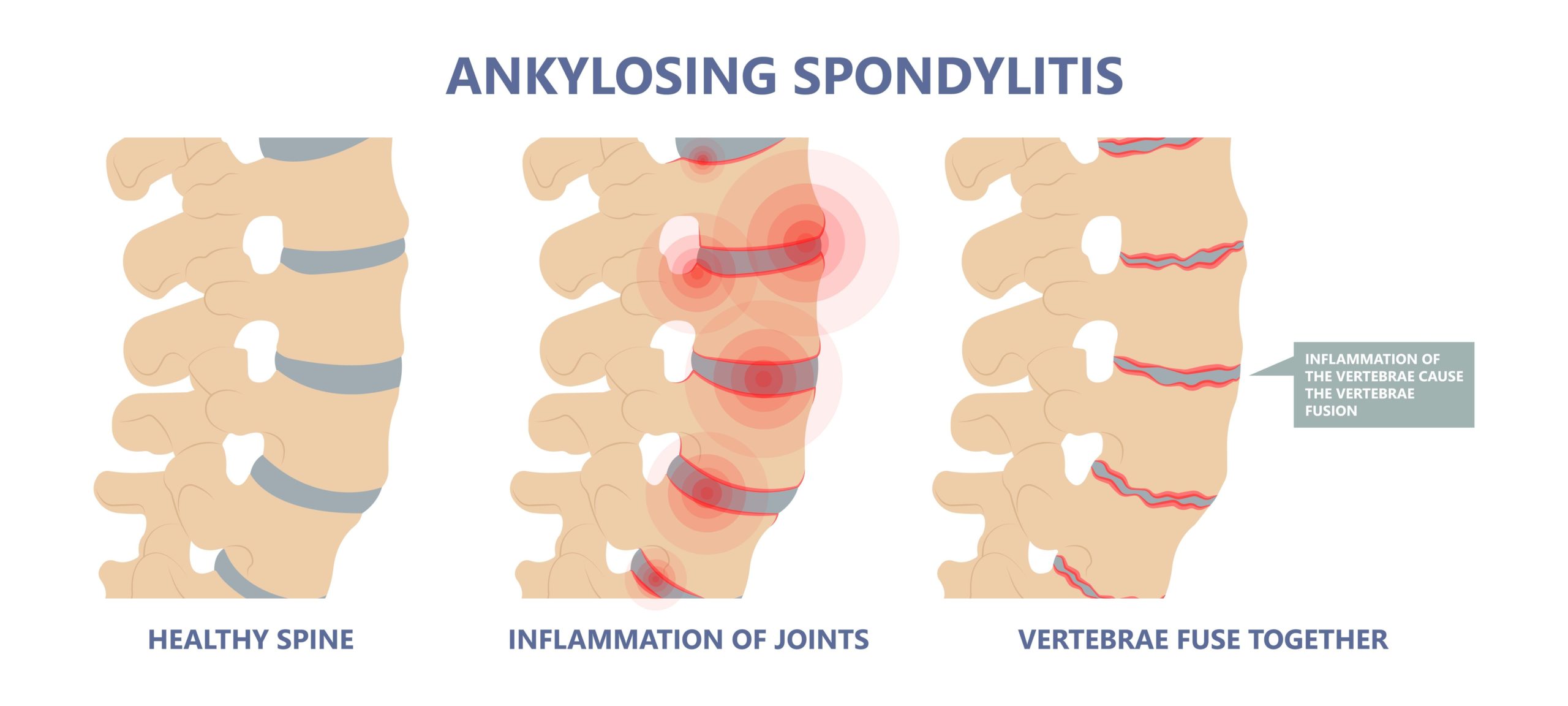
“The county jail has always been a murder ground,” said James Nelson, program and organizing lead at DPN. “People have always come up missing.”
That was true in 1986, when Nelson was held in MCJ for several months while awaiting trial. And it’s true now, he says, based on his work with families of people currently inside, and with people who’ve recently been released.
Growing up in Watts, Nelson was a member of a local gang. That association led the police to accuse him of a crime he said he did not commit. He wound up in MCJ, desperate for his day in court to prove his innocence. But before he could do so, he had to bear the wretched conditions and constant violence inside MCJ.
“It was major abuse in MCJ,” he said. “We were not fed well. You were sleeping on the floor, sleeping on the roof. People would get beat up for nothing. [Once,] this guy and his [cellmate] were just roaming. That’s what you call it when you get up and walk around because you’re tired of being locked up in a cage. And this guy was killed just for roaming around. The [sheriff’s deputies] beat both of them up. One of them made it back, but his celly was killed, his neck was broken. They told his family that they had handcuffed him and that he fell down the escalator. But we knew the truth.”
Nelson said this kind of violence is a matter of routine. It doesn’t matter who you are—once you’re in MCJ, you’re at the mercy of the sheriff’s deputies who run the jail. And they are a gang unto themselves.
“An FBI [informant] came up missing in the county jail,” he said. “He was investigating the sheriff, and he went through what [other incarcerated people] go through—they took him to the back of the jail somewhere.”
The violence inside MCJ is driven by a lack of accountability that runs through county’s sheriff’s deputies.
“[The deputies] have that gang mentality,” said Nelson. “They function like a gang, they behave as gang members. They cover stuff up. They wrongfully kill people . . . because, for so long, nobody was being held accountable for their actions. You’ve got so many people who don’t even call the sheriffs because they know what they’re doing . . . . Taxpayers are paying these people to commit crimes against them.”
That the sheriff’s deputies operate as gangs is a bitter irony not lost on Nelson. The Los Angeles Police Department division that arrested him was implicated in a scandal of systematic violence, killings, false arrests, coverups, and perjury that surfaced in 1998. When Nelson was arrested and sent to MCJ, the sheriff’s deputies operated the jail with the same sort of violence and corruption. Last year, the Civilian Oversight Commission, created by the board of supervisors as a check on the sheriff’s department, called the deputy gangs “a cancer.”
The deputy gangs impose their violent power in ways big—like hiding an FBI informant in the labyrinthine jail—and small—like petty intimidation. From his time at MCJ, Nelson recalls a picture of John Wayne hung on the wall, which the deputies used to intimidate those held there. “If you looked at the picture, they were going to take you out of the line and take you somewhere,” he said. “One guy touched the picture, and they beat him good.”
“They also try to deflect stuff,” he continued. “People ‘commit suicide,’ but bodies come home and are beat up, their internal organs are busted. How did he hang himself, but everything in his body is busted up?”
When Nelson finally did get his day in court, he was convicted and sent on what he calls a “tour of California”: a stay in every prison in the state that was open at the time of his incarceration. But despite years of incarceration, in every corner of the state, it was the overcrowding, decrepit conditions, and pervasive violence at MCJ that stayed with Nelson. That’s why, as soon as he was released, he began organizing against the injustice there.
“There’s really no difference [in MCJ] between then and now,” he said. “The only difference is more people are dying now than were dying in the ’80s . . . . The same behavior, the same treatment, the same living conditions. People get sick and can’t get adequate medical attention. It’s infested with rats. It’s just filthy, not livable for anyone. It needs to be closed.”





